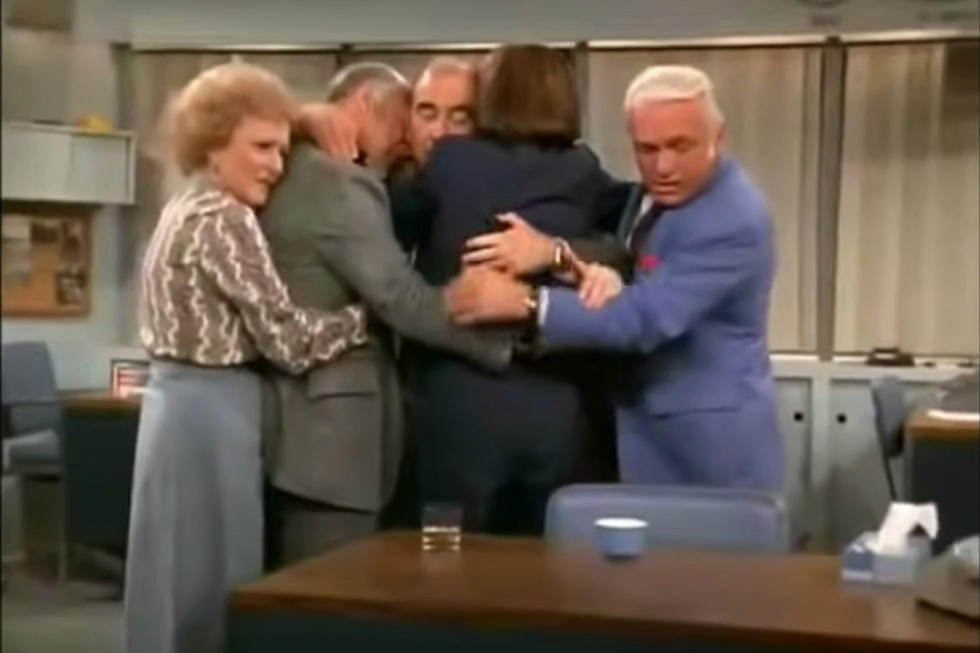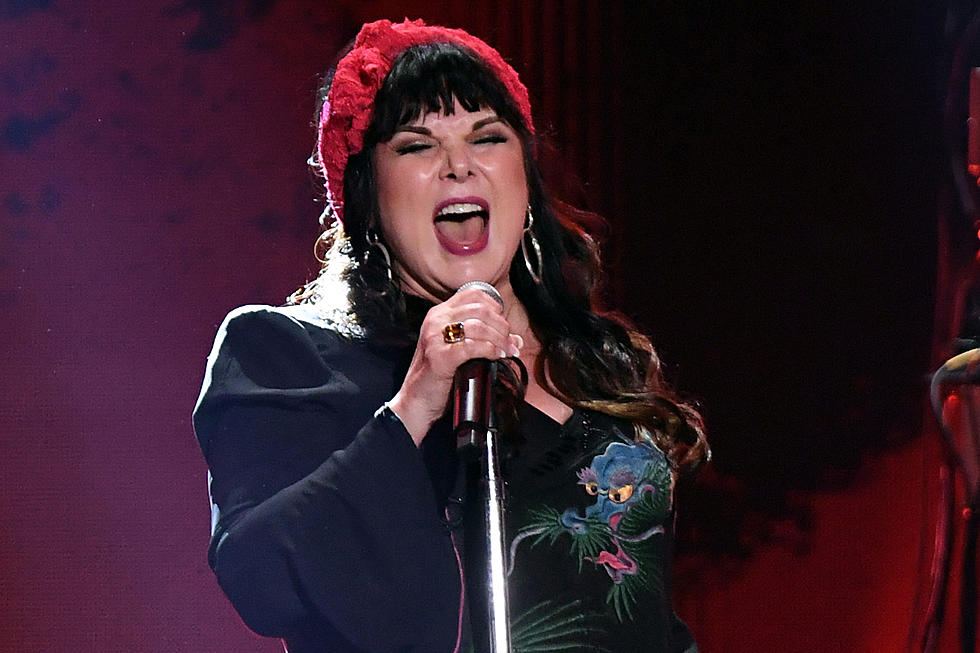
45 Years Ago: ‘The Mary Tyler Moore Show’ Says a Tearful Goodbye
With an episode aptly titled “The Last Show,” The Mary Tyler Moore Show came to a close on March 19, 1977. (The series finale aired first on Canada’s CBC network on 3/18, before being broadcast a day later in the United States.)
Naturally, the television event was a sendoff for the beloved, stalwart career woman played by Mary Tyler Moore for seven seasons. But its function was also two-fold, as she and her whole Six O’Clock News colleagues broadcast their own final episode... paving the way for the spin-off drama Lou Grant.
The Mary Tyler Moore Show followed the story of Mary Richards: a single 30-year-old who up and moves to Minneapolis where she, inadvertently, becomes a news producer at the fictional local station WJM. There, Mary befriends the kooky staff: cranky boss Lou Grant (Ed Asner), news writer Murray Slaughter (Gavin MacLeod), shallow anchorman Ted Baxter (Ted Knight), and beginning in season four, homemaker Sue Anne Nivens (Betty White) — and the workplace comedy unfolds.
Of course, Moore’s TV legacy had been cemented long before The Mary Tyler Moore Show, with her depiction of Laura Petrie, the stay-at-home wife and mother on The Dick Van Dyke Show. When first approached for The Mary Tyler Moore Show, the actress was hesitant to accept, fearing the obvious comparisons. In response, though, Moore and her husband, famed TV executive Grant Tinker, brokered a unique deal with CBS that offered the couple total creative control. In avoiding network interference, they envisioned a truly original show that could withstand old-fashioned critics.
Co-creators James L. Brooks and Allan Burn were brought on to write and produce and, under their guidance, Mary Tyler Moore soared in ratings. And while the set-up of the series may sound fairly commonplace today, at the time, Moore’s depiction of an independent, career-oriented woman made TV history. The show’s premise — and ensuing popularity — remain benchmarks in second-wave feminism. When the series finale rolled around in 1977, 19.2 million Americans tuned in.
Watch the Final Episode of 'The Mary Tyler Moore Show'
By that point, Mary’s neighbors Rhoda (Valerie Harper) and Phyllis (Cloris Leachman) had spun off for their own respective sitcoms, Rhoda and Phyllis, but returned for the Mary Tyler Moore finale. In the episode, both Rhoda and Phyllis implore Mary to leave the Twin Cities after she, and the rest of the Six O’Clock News staff (save for Ted) are fired by the iron-fisted new station manager, played by guest star Vincent Gardenia. However, Mary decides to stay and goes on to produce the last Six O’Clock News show.
After the broadcast, Mary and her coworkers tearfully gather in the office for the group hug. Huddled together, sniffling, nobody wants to leave the embrace... and so they all shuffle, in unison, toward a box of tissues. And it turns out, the now-famous moment was improvised.
“My favorite moment from that show was the group hug, which came about just spontaneously,” Moore said in a 1997 interview. “But there we were all embracing each other and somebody said, ‘We need a Kleenex,’ and Georgia Engel’s line was, ‘Well, there’s a Kleenex on Mary’s desk’... And somehow we all just kind of did that little step. In the script, it was written that they break up and they go to the Kleenex. But wasn’t that a pot of gold?”
After that golden moment, Mary and friends say their goodbyes and exit the office singing “It’s a Long Way to Tipperary,” reviving a joke from earlier that episode. In the end, it’s Mary who turns out the lights, taking one last meaningful look around the office.
Following the last scene came a final curtain call which featured all the series regulars for the first time in Mary Tyler Moore history. “The Last Show” was, in fact, the only one in which all eight recurring characters — Mary, Lou, Ted, Murray, Rhoda, Phyllis, Georgette and Sue Ann — appeared.
However, it would not be the last time audiences got to see their Mary Tyler Moore favorites. Rhoda ran for another year while Lou Grant, a later spin-off show starring Asner, ran until 1982. In that series, Lou, out of his job at WJM, becomes a newspaper editor in Los Angeles. In that role, Asner explored a darker side of the lovable curmudgeon as the show shifted from comedy to drama. Still, “The Last Show” sticks out for fans as the final time all their favorite characters were in one place.
The finale would go on to win a Primetime Emmy for Outstanding Writing in a Comedy Series. "We kept putting off writing that last show; we frankly didn't want to do it,” executive producer Burns said while accepting the award. “I think it said what we wanted it to say. It was poignant, and I believe The Mary Tyler Moore Show was, in the long run, important for many women."
28 Classic Films That Were Turned Into (Mostly Failed) TV Shows
More From Classic Rock Q107










